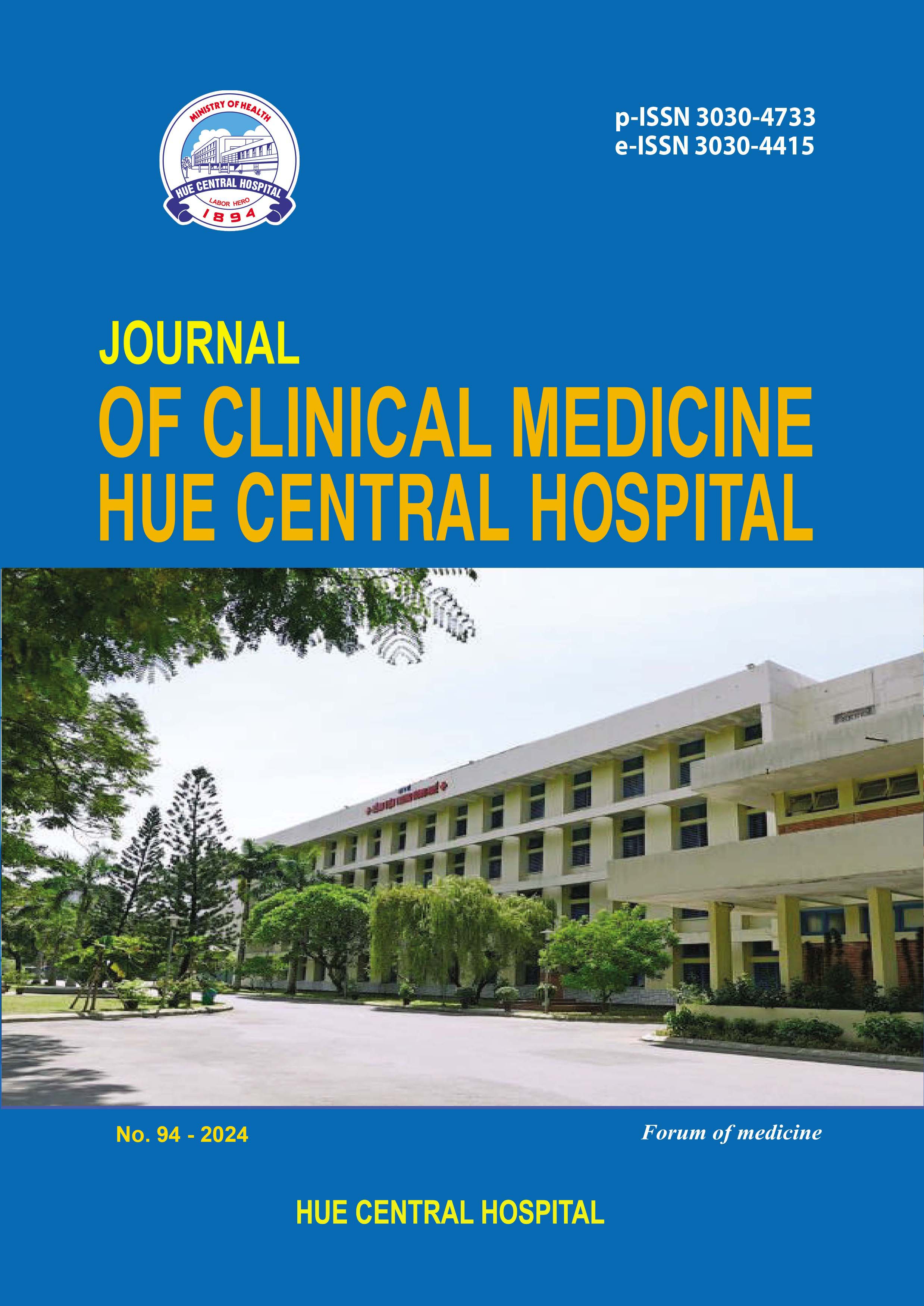Abstract
Background: In infants, the internal jugular vein catheter (IJV) site is commonly used in continuous renal replacement therapy (CRRT). Currently, ultrasound - guided cannulation of the brachiocephalic vein (BCV) is feasible and safe. This study aims to compare ultrasound - guided BCV and IJV catheter placement and their effects on filter life in CRRT infants ≤ 10 kg
Methods: A descriptive prospective analysis was conducted on 39 CRRT children with 39 procedures (24 BVC and 15 IJV).
Results: Overall, median age 6 (2.3 - 9.2) months, weight 7 (5.3 - 8.2) kg - median (IQR), dialysis catheter size 6.5 F (82%), CVVH mode (87.2%). There was no difference in age, weight, sex, PRISM III score, DIC, catheter size, or dialysis mode between the two groups. 100% successful dialysis central venous catheterization, the first attempt success rate of the central cannulation was 69.2%, and the complication rate was 15.4%. The first attempt success rate of the BCV group was 7 times higher than that of the IJV group (95% CI 1.3 - 37.9; p = 0.023). The time to place the BCV catheter is lower than that of the IJV [320 (272 - 367) s vs 450 (330 - 716) s - median (IQR), p = 0.008]; there was no difference in complication rates (12.5% vs 20%, p = 0.52) between the two groups. Cumulative survival of the first filter at 24 h was higher in the BCV catheter group than IJV group.
Conclusions: ultrasound - guided brachiocephalic vein catheter placement in CRRT children ≤ 10 kg shows to increase in the first attempt success rate, decrease in the procedure time compared to the internal jugular vein catheter. Circuits using a brachiocephalic vein catheter for access demonstrated increased survival first filter compared to the internal jugular vein catheter catheter circuits.
References
Keum Hwa Lee, In Suk Sol et al. Continuous Renal Replacement Therapy (CRRT) in Children and the Specialized CRRT Team: A 14-Year Single-Center Study. J Clin Med. 2020; 9:110.
John JC, Taha S, and Bunchman TE. Basics of continuous renal replacement therapy in pediatrics. Kidney Research and Clinical Practice. 2019; 38(4):455–461.
Buccione E, Guzzi F, Colosimo D, Tedesco B, Romagnoli S, Ricci Z, L’Erario M and Villa G. Continuous Renal Replacement Therapy in Critically Ill Children in the Pediatric Intensive Care Unit: A Retrospective Analysis of Real-Life Prescriptions, Complications, and Outcomes. Front. Pediatr. 20219:696798.
Hackbarth T et al. The effect of vascular access location and size on circuit survival in pediatric continuous renal replacement therapy: A report from the PPCRRT registry. The International Journal of Artificial Organs. 2007;14(2):1116-1121.
Tze Y, Hua T et al. Renal replacement therapy in the neonatal intensive care unit. J Pedneo. 2017;11:015.
Oulego-Erroz I et al. Comparison of ultrasound-guided brachiocephalic and internal jugular vein cannulation in critically ill children. Journal of Critical Care. 2016;133–137.
Vafek V, Skˇríšovská T, Kosinová M, Klabusayová E, Musilová T, Kramplová T, Djakow et al. Central Venous Catheter Cannulation in Pediatric Anesthesia and Intensive Care: A Prospective Observational Trial. Children. 2022; 9:1611.
Saugel et al. Ultrasound-guided central venous catheter placement: a structured review and recommendations for clinical practice. Critical Care. 2017;21:225.
Merchaoui Z, Lausten-Thomsen U, Pierre F, Ben Laiba M, Le Saché N and Tissieres. Supraclavicular Approach to Ultrasound-Guided Brachiocephalic Vein Cannulation in Children and Neonates. Front. Pediatr. 2017;5:211.
Pollack MM, Kantilal M Patel, Urs E Ruttiman. PRISM III: An updated pediatric risk of mortality Score. Crit Care Med. 1996;24:743-752.
Taylor FB, Toh CH, Hoots WK, Wada H, Levi M, Scientific Subcommittee on Disseminated Intravascular Coagulation (DIC) of the International Society on Thrombosis and Haemostasis (ISTH). Thromb Haemost. 2001;86(5):1327.
Demirkol D. Continuous renal replacement therapy in critically ill children. Turk Arch Pediatr. 2022;57(5):489-497.
Duguè AE, Levesque SP, Fischer MO, et al. Vascular access sites for acute renal replacement in intensive care units. Clin J Am Soc Nephrol. 2012;7(1):70-77.
| Published | 28-12-2024 | |
| Fulltext |
|
|
| Language |
|
|
| Issue | No. 94 (2024) | |
| Section | Original article | |
| DOI | 10.38103/jcmhch.94.9 | |
| Keywords | Lọc máu liên tục, tĩnh mạch thân cánh tay đầu, tĩnh mạch cảnh trong CRRT (continuous renal replacement therapy), brachiocephalic vein, internal jugular vein catheter |

This work is licensed under a Creative Commons Attribution-NonCommercial-NoDerivatives 4.0 International License.
Copyright (c) 2024 Journal of Clinical Medicine Hue Central Hospital

